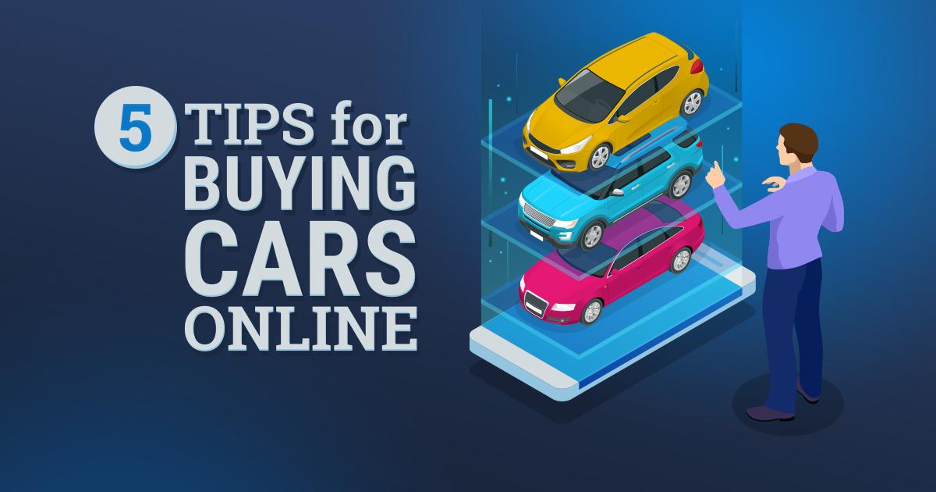Now, nine out of ten people want to at least start their car-buying journey online. Not only is it more convenient but it also allows for an extra level of safety to prevent transmission of germs. Even though Amazon and Shopify are household names, the steps to buying a car online are altogether foreign to most shoppers. It goes like this:
- You spend hours researching cars and dealerships online. Cox Automotive’s 2019 Car Buyer Journey shows that, on average, shoppers spend roughly 14 hours online in their search for the right make, model, and trim level for their needs.
- Contact is made with a dealership and the salesperson brings the vehicle to you.
- You check out the car, take it for a test drive, and decide if you want it or not.
- If you do, the salesperson draws up the paperwork, you get approved for the financing, and you sign the forms. In some states, you need to go to the dealership to sign where other places online signatures or couriered forms are good enough.
- You’ve now purchased a vehicle online.
It’s a big purchase to make online, and you might not be comfortable pulling the trigger on something that costs you tens of thousands of dollars without a bit of guidance. These five tips will help you confidently shop for your next car online, whether new or pre-owned.
Buy Local
There’s something to be said for supporting your local businesses financially. Although you may be able to save a few hundred – or a few thousand – dollars by searching outside your local area, there are perks to keeping your purchase in your state, city, and neighborhood.
- First, the economic benefits are obvious. The money you spend including taxes are used nearby.
- If there’s a problem with the car, you aren’t too far to get the help you need.
- You can develop a relationship with the selling dealer through maintenance visits.
- And when warranty has just expired and something breaks (as is known to happen from time to time), your selling dealer has more access to goodwill warranty consideration from the manufacturer.
Get the Car You Want
When you’re doing your hours of research online, it’s easy to be too cerebral. Knowing all about a car’s measurements and specifications is good, but the most important thing is finding a reliable car that you’re going to enjoy. If your shopping list includes certain must-have features – heated seats, Apple CarPlay, or a trailer hitch, for example – don’t settle for less.
Salespeople will always try to show you cars that they have in stock before sourcing the model or trim level you really want. Don’t get flustered or hooked by the bait-and-switch. Stand your ground and look only at cars that tick all your boxes.
Demand a Vehicle History Report
If you’re buying a car with miles already on the odometer, it’s an absolute must to get a vehicle history report. Carfax is the leader in the VHR category, and their reports show everything from title status and maintenance history at the dealership to accidents and flagged oddities in its use.
Any reputable seller will offer a recent VHR report on a used or certified pre-owned car. If they object or won’t show you one that’s from the past 30 days, walk away from the car, and probably avoid that seller too.
Try Before You Buy
A car’s features, statistics, and price don’t matter at all if you don’t like how it feels in the driver’s seat. And how do you get comfy in the car? A test drive remains the best way. The test drive is arguably the most important part of the car buying journey. If you don’t love how the car performs or if you can’t get comfortable in the seats, odds are that you’re going to sell or trade in the car sooner than you would if you enjoyed the experience.
A test drive should be lengthy. Spend at least an hour in the car, trying it on different types of roads. See if it fits in your garage. Play with the acceleration. Never, never, never skip the test drive.
Explore Trade-In Options
Chances are you probably own a car already. If that’s the case, the easiest method to get rid of it is to trade it in. But trade-in values aren’t always in your favor, because the dealer wants to make money on it both when they take it on trade and when they sell it on their lot.
Marcin Ladowski, COO at CarBrain, says, “Knowing your car’s value before trading it in is a critical part of the process. Dealers might pay good money for trades that they can resell, but low-value, damaged, and junk cars are often under-appraised because they’re just going to wholesale them.”
Other options are available to car buyers rather than taking a low-ball trade-in offer. Vehicle donation is increasingly popular, and junk car buyers are willing to pay cash to take your car away with no hassle involved.
The car buying journey has changed, and probably for good. Implement these five tips to help your online car shopping experience go smoothly.




